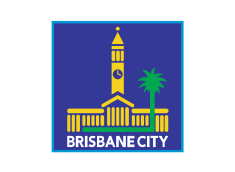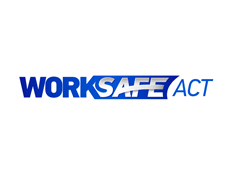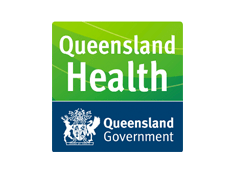Air monitoring must be carried out to check for airborne RCS at the workplace if:
- the PCBU is not certain, on reasonable grounds, if the workplace exposure standard has been exceeded
- the PCBU needs to work out if there is a risk to health.
The PCBU can be certain on reasonable grounds that the workplace exposure standard has not been exceeded, if:
- all workers doing tasks that can generate RCS at the workplace are correctly using the controls that are recommended for that task in the controls table in Appendix 4 of this Code (including RPE if required); or
- the PCBU has an air monitoring report that provides statistically valid exposure data that shows the controls you have chosen for the task reduce exposure to RCS to below the workplace exposure standard (including RPE if required).
This means that if you make sure workers are using the controls recommended in the controls table for that task, and make sure they are using them correctly, you do not need to conduct air monitoring.
That is because the controls have been proven to be effective, through the use of statistically valid exposure data. You can also rely on statistically valid exposure data for the specific task and controls used from previous air monitoring reports, which could be provided by other business owners, manufacturers, industry associations or unions.
The duty is on the PCBU to be certain that the exposure data is statistically valid; and that it is relevant to the task, controls and conditions. If they are not, then they can’t be certain on reasonable grounds that the controls used are effective.
If the PCBU is uncertain whether the existing exposure data is statistically valid, they should consult with a competent person (e.g., a certified occupational hygienist, or a recognised equivalent competency under an international certification scheme, e.g., certified industrial hygienist).















